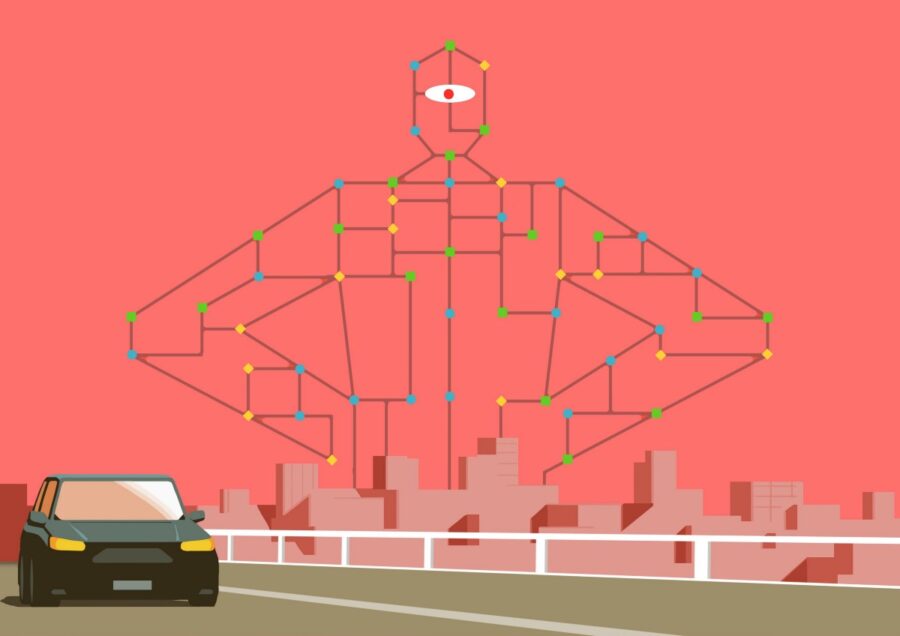This article was written by Alex Rosenblat in the New York Times Opinion.
There are nearly a million active Uber drivers in the United States and Canada, and none of them have human supervisors. It’s better than having a real boss, one driver in the Boston area told me.,”except when something goes wrong.”
When something does go wrong, Uber drivers can’t tell the boss or a co-worker. They can call or write to “community support,” but the results can be enraging. Cecily McCall, an African-American driver from Pompano Beach, Fla., told me that a passenger once called her “dumb” and “stupid,” using a racial epithet, so she ended the trip early. She wrote to a support rep to explain why and got what seemed like a robotic response: “We’re sorry to hear about this. We appreciate you taking the time to contact us and share details.”
The rep offered not to match her with that same passenger again. Disgusted, Ms. McCall wrote back, “So that means the next person that picks him up he will do the same while the driver gets deactivated” — fired by the algorithm — because of a low rating or complaint from an angry passenger. “Welcome to America.”
Over the past four years, I have traveled more than 5,000 miles in more than 25 cities, interviewing 125 drivers for Uber and other ride-hailing apps, as well as taxi drivers, and observing hundreds more. And I have spent countless hours in Facebook groups and other online forums for drivers, which collectively have 300,000 members, to better understand their experiences. I have learned that drivers at ride-hailing companies may have the freedom and flexibility of gig economy work, but they are still at the mercy of a boss — an algorithmic boss.
Data and algorithms are presented as objective, neutral, even benevolent: Algorithms gave us super-convenient food delivery services and personalized movie recommendations. But Uber and other ride-hailing apps have taken the way Silicon Valley uses algorithms and applied it to work, and that’s not always a good thing.
The algorithmic manager seems to watch everything you do. Ride-hailing platforms track a variety of personalized statistics, including ride acceptance rates, cancellation rates, hours spent logged in to the app and trips completed. And they display selected statistics to individual drivers as motivating tools, like “You’re in the top 10 percent of partners!”
To read the rest of the article, click here.

